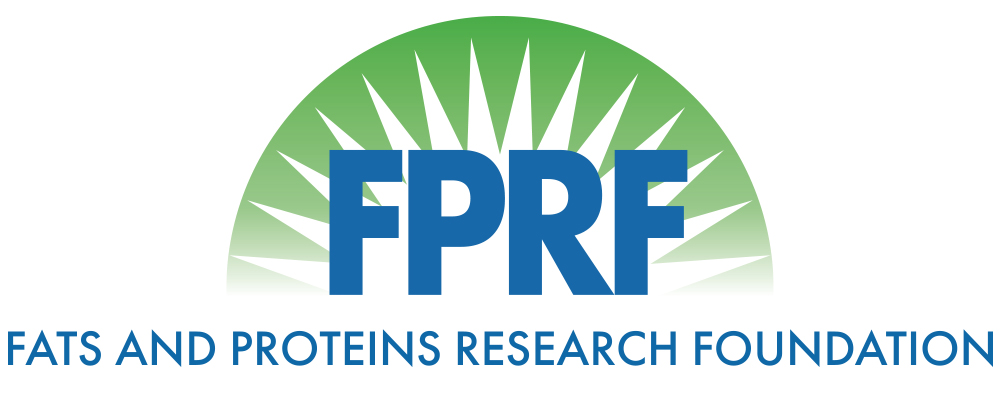REDUCTION OF FISHMEAL IN COMMERCIALLY IMPORTANT TEMPERATE /MARINE FISH SPECIES WITH SELECTED ANIMAL PROTEIN CONCENTRATE BLENDS WITH RESPECT TO PROTEIN, ENERGY AND AMINO ACID DIGESTIBILITY
Title: REDUCTION OF FISHMEAL IN COMMERCIALLY IMPORTANT TEMPERATE /MARINE FISH SPECIES WITH SELECTED ANIMAL PROTEIN CONCENTRATE BLENDS WITH RESPECT TO PROTEIN, ENERGY AND AMINO ACID DIGESTIBILITY
Principle Investigator: Simon Davies
Year: 2002
Objective: The main objectives of the separate investigations were to obtain reliable digestibility coefficients for a series of test ingredients within experimental diets that may be used for sea bass and turbot diets in the future. The trials were designed to focus on the digestibility coefficients of protein and amino acids in particular for the selected ingredients. Where appropriate the digestibility of lipid and energy are reported for the experimental diets.
The main protein sources employed were fishmeal (control), feathermeals (standard and enzyme treated) poultry meat meal and a haem protein concentrate. A number of appropriate blends of these ingredients were also evaluated as potential replacements for fishmeal.
The principal aim is to establish such coefficients for determining which ingredients may be most appropriate for use in balanced diet formulations that could follow from the preliminary digestibility trials.
Lay Summary/Industry Summary: Trials were conducted with both sea bass and turbot using diets in which fishmeal was the basal protein within a reference diet. This diet was substituted at 40% for sea bass and 30% for turbot using the individual test ingredients namely steam hydrolysed feathermeal, enzyme treated feathermeal (Allzyme), poultry meat meal, spray dried haem. The blends were a 75% test ingredient / 25% spray dried haem mixture; the following blends were manufactured steam hydrolysed feathermeal & spray dried haem, enzyme feathermeal & spray dried haem, poultry meat meal and spray dried haem.
The concept of including the test ingredients/blends at a defined inclusion against fishmeal in separate experimental diets allows a realistic assessment of digestion and hence digestibility in diets that resemble commercial situations. Trials with sea bass and turbot were very successful and for each species diets were all accepted by the fish and we were able to measure the digestibility of each of the selected nutrient parameters for the products. The findings confirmed that our expectations that some animal proteins would perform better than others and be comparable to our previous findings with rainbow trout.
The following ingredient sources compared favourably with fishmeal for protein, amino acids and energy under the conditions of the trials; for sea bass (spray dried haem, poultry meat meal & the poultry meat meal I spray dried haem blend). The following ingredients performed slightly less favourably for sea bass (steam hydrolysed feathermeal, enzyme feathermeal and the blends of these previously mentioned ingredients).
The following ingredient sources compared favourably with fishmeal for protein, amino acids and energy under the conditions of the trials; for turbot (spray dried haem, and the blends with spray dried haem with poultry meat meal, steam hydrolysed feathermeal and enzyme feathermeal). Interestingly poultry meat meal did not perform as well for turbot as in sea bass although the variations were highest for this product. The lowest results of digestibility for protein were obtained for both types of feathermeal as tested on turbot.
It is quite realistic to assume that specific ingredients would not be included at levels as high as those needed for a digestibility trial in fact it might be assumed that lower levels would be used and found as blends to substitute fishmeal in practical diets for sea bass and turbot. In this way levels of 10-30% would be encountered typically in linear least cost formulations. The digestibility coefficients of protein, amino acids, and energy could be used for these ingredients to provide a more sensitive diet formulation in order to substitute the protein and energy components more accurately. The cost per unit of protein would be included in the analysis and linear least cost formulation could then be used to produce a range of experimental diets for longer term nutrition trials.
Scientific Abstract: Two experiments were conducted using sea bass (Dicentrachus labrax) and turbot (Petta Maxima) in seawater under controlled temperature and photo period. A selection of animal by products from commercial sources were substituted for fishmeal at a fixed inclusion rate appropriate for each species to evaluate the coefficients of digestibility for crude protein, essential amino acids and dietary energy and dietary lipid respectively.
These were short term trials that followed an acclimation period when which the fish were fed the experimental diets to satiation. Feacal material was recovered at the end of the feeding stage and nutrient digestibility profile related to the measurement of chrmnic oxide as the inert marker.
Results confirmed that certain products were well digested by these species and a Spray Dried Haem protein (SDH) performed as well as a low temperature (LT) fishmeal. For sea bass, Poultry Meat Meal (PMM) was particularly good with respect to protein and energy. Steam Hydrolysed Feathermeal (SHF) and an Enzyme Treated Feathermeal (ETF) were only adequately digested for protein and energy. A blend of PMM & SDH made no appreciable benefit for sea bass, however the same blended proteins were better utilised for turbot compared to poultry meat meal alone.
